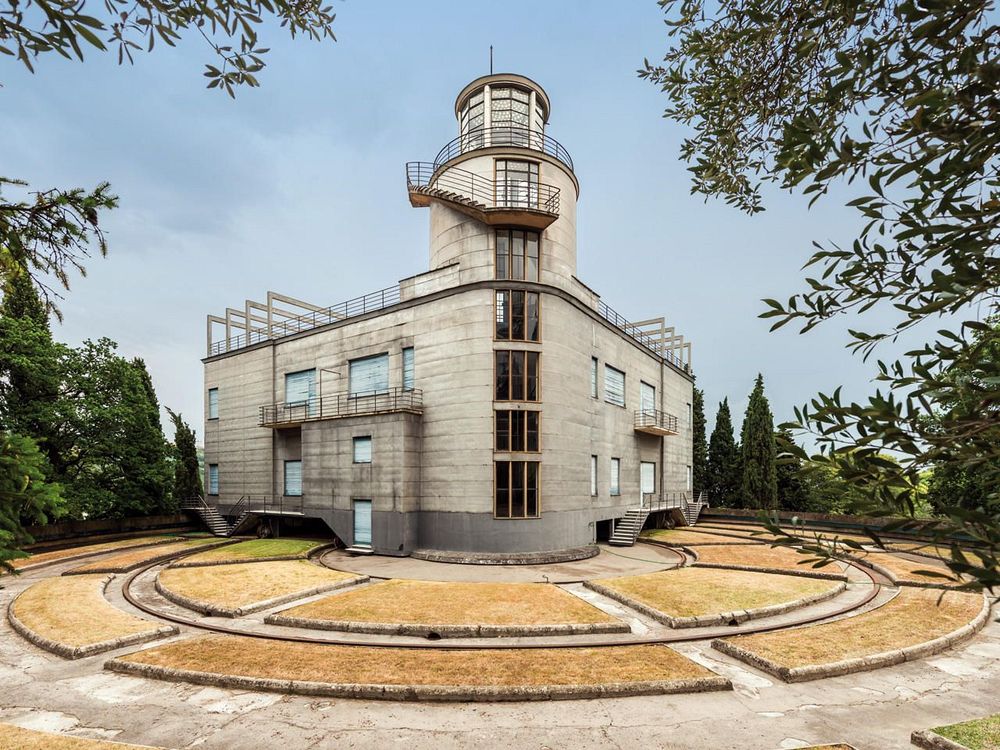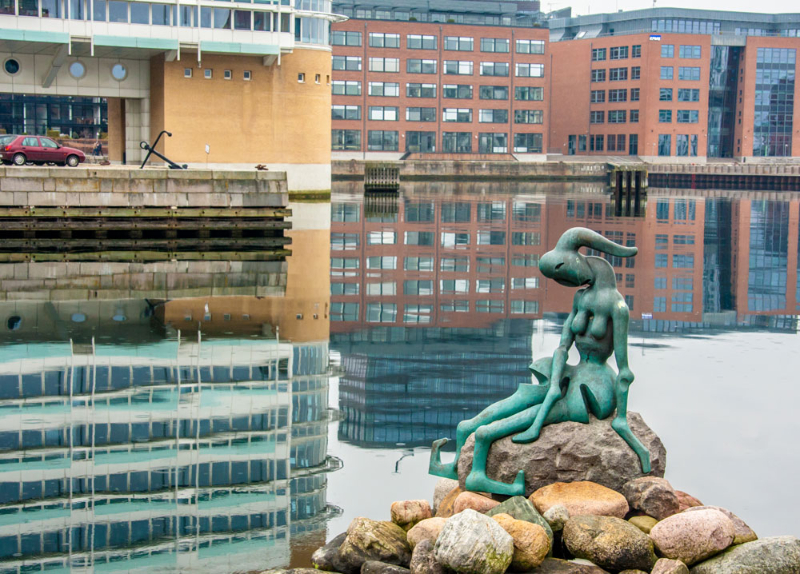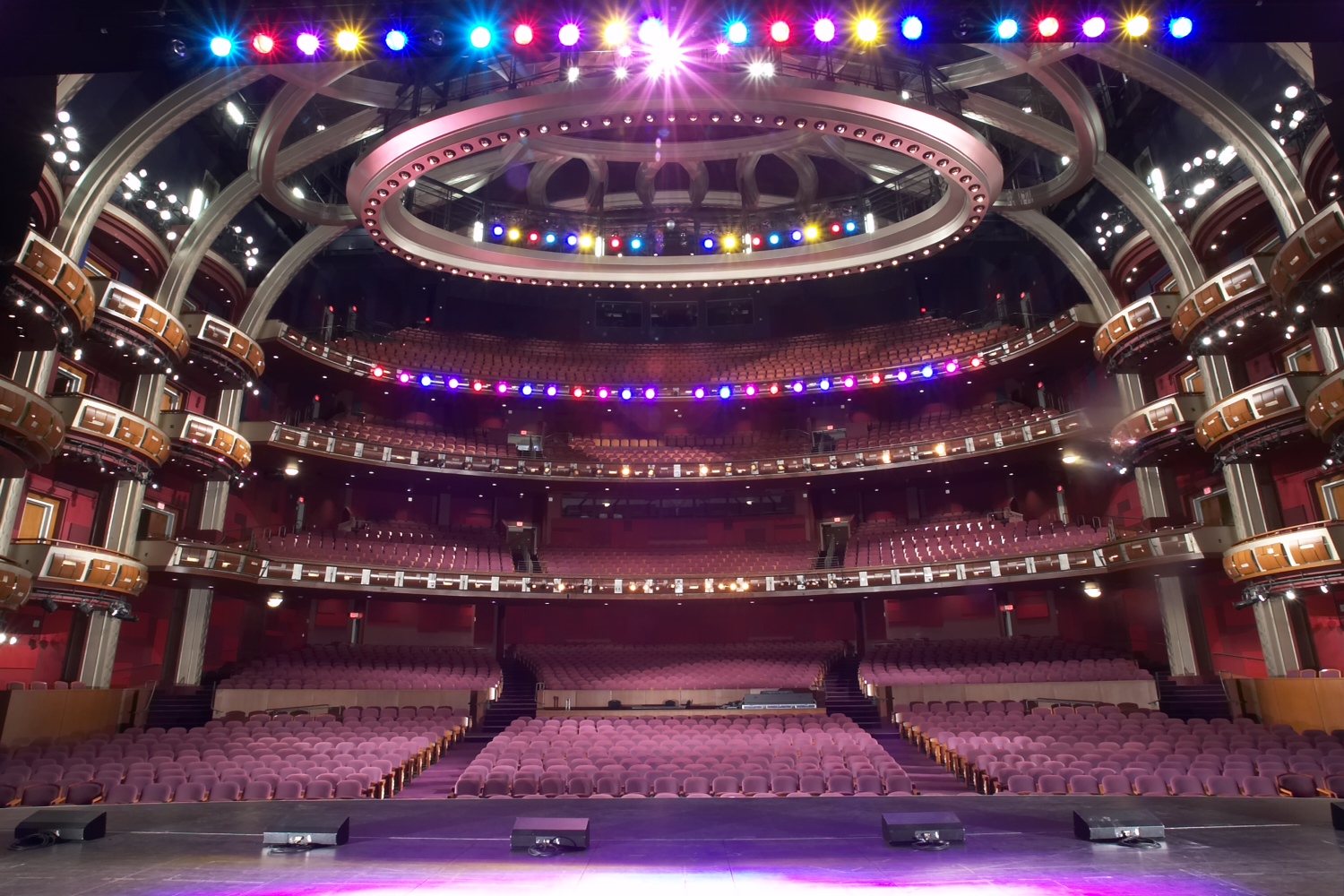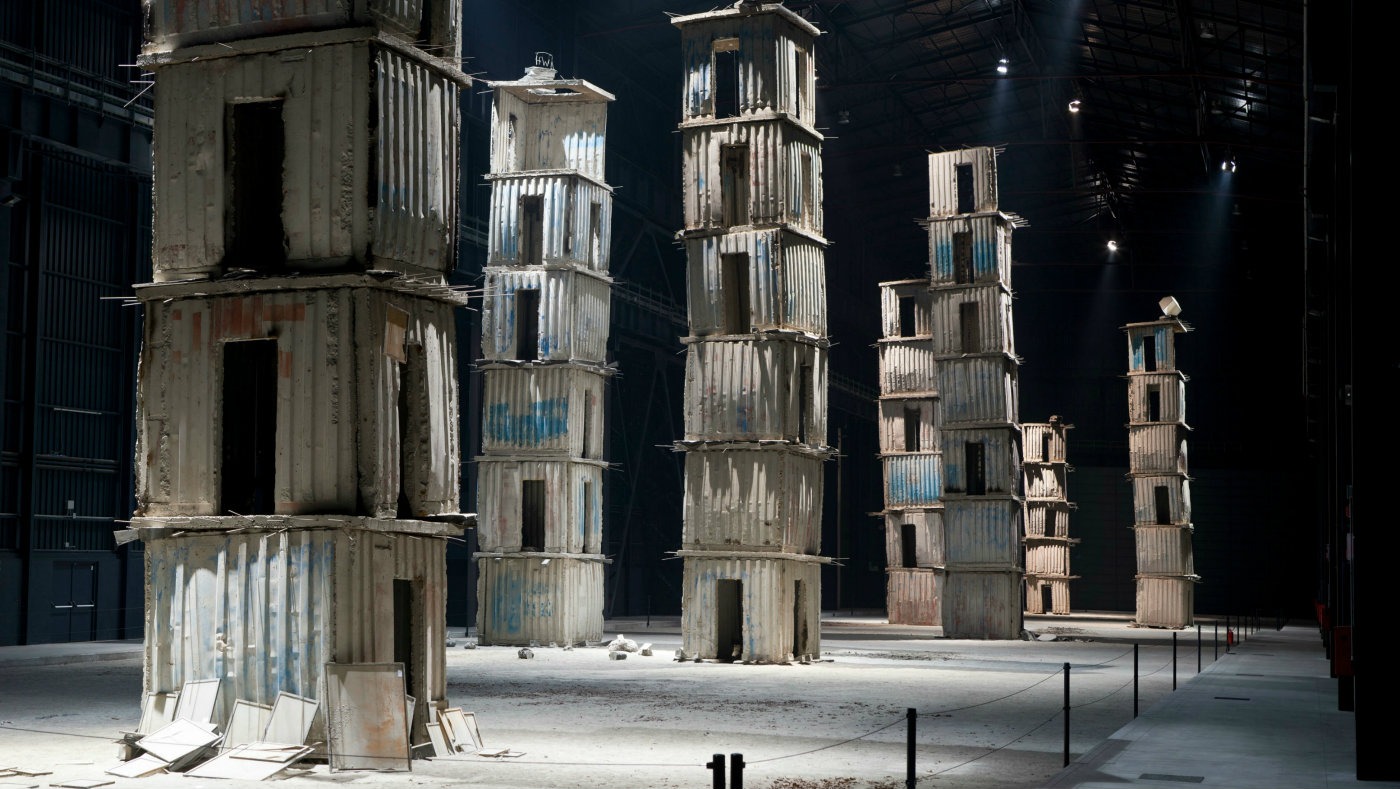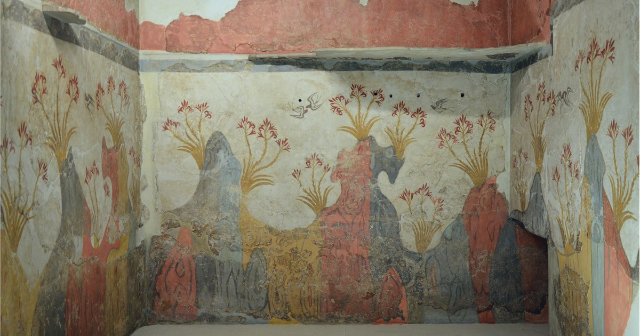In the hills of northern Italy near Verona stands an L-shaped house called Villa Girasole, which means “sunflower” in Italian. And just like the flower after which it was named, Villa Girasole rotates on a large turntable following the sun across the sky. It’s owner and architect, Angelo Invernizzi, designed it so that his house can soak in as much sunlight as possible to “maximize the health properties of the sun”.This was the time when there was a new consciousness about the beneficial properties of sunlight and its positive effect on health. In 1930 in France, Dr. Jean Saidman built a rotating solarium to treat his patients sufferings from cancer, tuberculosis and other conditions with sunlight. It consisted of a horizontal arm that rotated above a central column to follow the path of the sun throughout the day.
The idea for Villa Girasole was conceived in 1929, the same year Dr. Saidman filed his patent for the solarium building. Angelo Invernizzi, a railway engineer, applied his knowledge of railroad turntables to design the house. It consists of two two-story wings extended from a central spine that house a staircase and an elevator. The wings hold the various rooms of the residence and sit on a drum-like base. The base holds the roller-bearings below the central column. The entire thing moves on adapted railcar wheel mounts, powered by two diesel motors, at about nine inches per minute. The rotation of the house can be controlled by the house’s occupants with three simple switches—forward, backward, and stop.
This was the time when there was a new consciousness about the beneficial properties of sunlight and its positive effect on health. In 1930 in France, Dr. Jean Saidman built a rotating solarium to treat his patients sufferings from cancer, tuberculosis and other conditions with sunlight. It consisted of a horizontal arm that rotated above a central column to follow the path of the sun throughout the day.
The idea for Villa Girasole was conceived in 1929, the same year Dr. Saidman filed his patent for the solarium building. Angelo Invernizzi, a railway engineer, applied his knowledge of railroad turntables to design the house. It consists of two two-story wings extended from a central spine that house a staircase and an elevator. The wings hold the various rooms of the residence and sit on a drum-like base. The base holds the roller-bearings below the central column. The entire thing moves on adapted railcar wheel mounts, powered by two diesel motors, at about nine inches per minute. The rotation of the house can be controlled by the house’s occupants with three simple switches—forward, backward, and stop.
